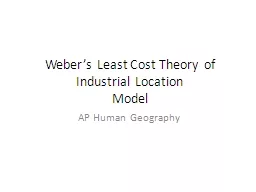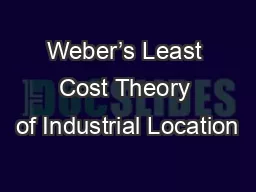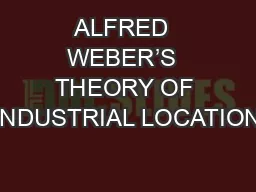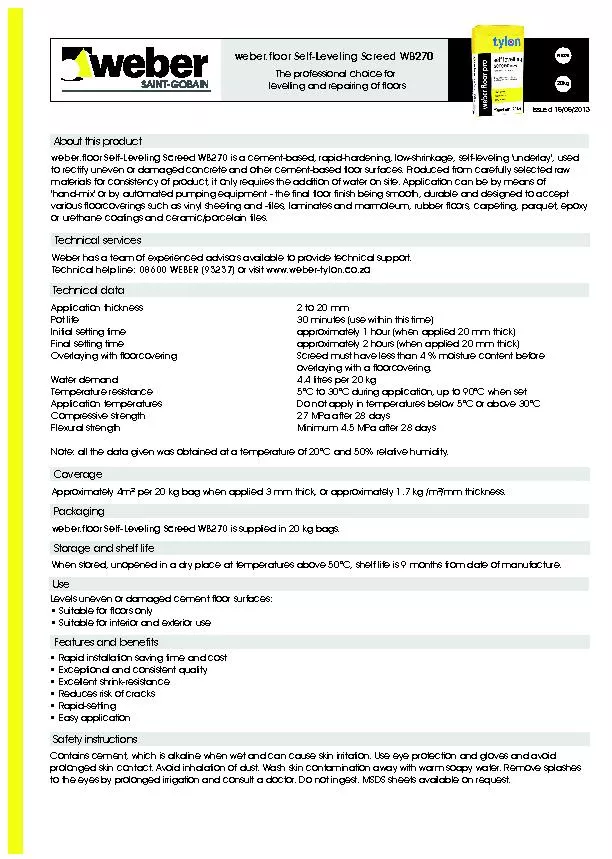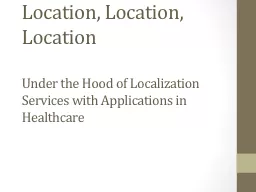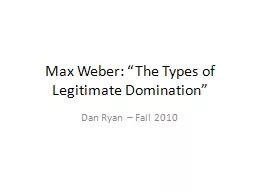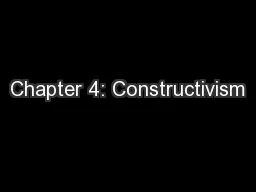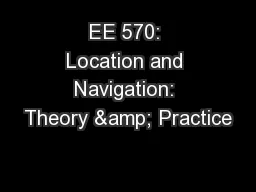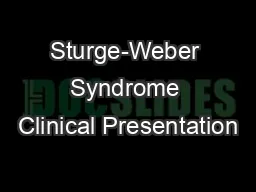PPT-Weber’s Least Cost Theory of Industrial Location
Author : tatyana-admore | Published Date : 2018-10-29
Model AP Human Geography Who Alfred Weber 18681958 German Economic Geographer Published Theory of Location of Industries in 1909 What is the best most profitable
Presentation Embed Code
Download Presentation
Download Presentation The PPT/PDF document "Weber’s Least Cost Theory of Industria..." is the property of its rightful owner. Permission is granted to download and print the materials on this website for personal, non-commercial use only, and to display it on your personal computer provided you do not modify the materials and that you retain all copyright notices contained in the materials. By downloading content from our website, you accept the terms of this agreement.
Weber’s Least Cost Theory of Industrial Location: Transcript
Download Rules Of Document
"Weber’s Least Cost Theory of Industrial Location"The content belongs to its owner. You may download and print it for personal use, without modification, and keep all copyright notices. By downloading, you agree to these terms.
Related Documents

